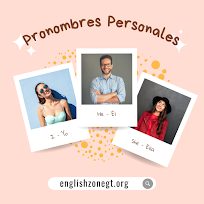
In English, we tend to put the most important thing at the beginning of the sentence and that's why we need to learn Passive voice, keep in mind that it can be used with all tenses.
When we use Passive Voice?
1. When we don’t know or we are not interested in, who does an action.
English is used in science, in business, and in education.
It’s not important who uses English in these context.
Click here to practice this topic with a worksheet.
2. When the main topic of the sentence isn’t the person who did the action.
Two Science books were written in 1992 by Karol Camp.
With this example, we care more about the "two books" than the person who wrote them.
How do we form a passive voice sentence?
We make the passive using “be” and the past participle (done, played, etc.) We only change the form of “be” according to the tense.
The structure is very simple, look:
Subject + auxiliary verb (be) + main verb (past participle)
The main verb is always in its past participle form.
Here are some examples:
Water is drunk by everyone.
100 people are employed by the company.
We are paid in dollars.
Shakespeare’s plays are performed all over the world.
His works have been translated into many different languages.
Many of his plays were first performed at the Globe Theater in London.
Note that we always use by to introduce the passive object (fish are eaten by cats)
We can form the passive in any tense. In fact, conjugation of verbs in the passive tense is easy because the main verb is always in past participle form and the auxiliary verb is always "be".
To form the tense requires, you have to conjugate the auxiliary verb, for example:
Present simple: It is made
Present Continuous: It is being made
Present Perfect: It has been made
Passive sentences are used to sound more impersonal.



